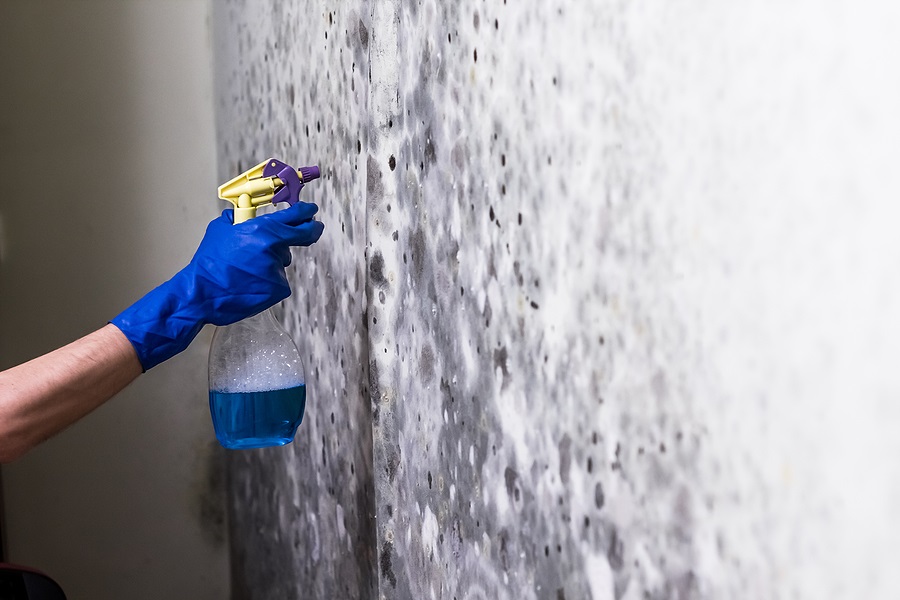
Mould, beyond being unsightly, can pose health risks such as asthma, respiratory infections, and allergies if left untreated. Addressing mould issues promptly is key to maintaining a healthy home environment. Here’s a guide to identifying, addressing, and preventing mould infestations:-
What Causes Mould and Damp?
Mould thrives in environments with excess moisture, often stemming from structural or ventilation issues:
- Structural Problems: Leaky pipes, rising damp, or damaged roofs/windows can introduce moisture into your home.
- Condensation: Occurs when warm, moist air meets cooler surfaces, common during activities like showering or cooking.
How to Stop Condensation
Reducing condensation is straightforward with a few simple steps:
- Ventilation: Use exhaust fans or open windows during and after bathing or cooking.
- Lids and Hoods: Cover pots while cooking and use extraction hoods to reduce moisture buildup.
- Air Circulation: Regularly ventilate your home by opening windows daily, especially in the mornings.
Consider applying anti-condensation paint in moisture-prone areas like bathrooms and kitchens for added protection.
How to Treat Damp and Mould
Addressing damp and mould involves proper identification and treatment:
- Ventilation in Bathrooms: Ensure adequate ventilation by using exhaust fans or opening windows after bathing.
- Removing excess water: Use a dry cloth or squeegee to remove excess water from bathroom walls after showers to minimize moisture buildup.
- Grout Sealing: Seal bathroom grout annually to prevent moisture seepage.
How to Remove Damp Walls Before Painting
Before treating damp walls, address the underlying cause:
- Remove Mould: Clean affected areas with a mild detergent or specialised mould remover. Wear protective gear like goggles and gloves.
- Damp Seal Application: Use a damp sealant to prevent further moisture penetration. Follow manufacturer instructions for application.
How to Remove and Paint Over Mould
When dealing with mould, safety precautions are crucial:
- Cleaning Mould: Use a detergent solution or mould remover to wipe affected areas. Avoid brushing, which can release spores.
- Painting Over Mould: After treating and drying the area, apply anti-mould paint for long-term protection.
How to Prevent Mould
Prevention is key to avoiding mould recurrence:
- Maintain Dry Surfaces: Keep surfaces clean and dry to discourage mould growth.
- Anti-Mould Paint: Apply anti-mould paint in susceptible areas after ensuring surfaces are mould-free.
Remember, thorough removal and prevention strategies are essential for a mould-free home. By implementing these measures, you can ensure a healthier living environment for you and your family.
Mould and damp issues can vary in severity, and consulting with professionals may be necessary for persistent problems or structural concerns. For example, sometimes you may need to consult with an engineer to identify the source of the problem and you may need to get a builder to carry out the necessary works. Don’t forget, you can post your job and get a number of quotes from engineers and builders at www.tradesmen.ie. 🙂
Cheers
Oliver Dempsey
Tradesmen.ie
18 July 2024
General Tips for hiring a tradesman
Here are some tips to consider when hiring a tradesman:-
1. Ask for phone numbers of references so that you can check them out
2. Check insurance of the tradesman where insurance is required
3. Hire a suitably qualified architect, building surveyor or building engineer if the job is anything to do with a new build, building renovation or extension






